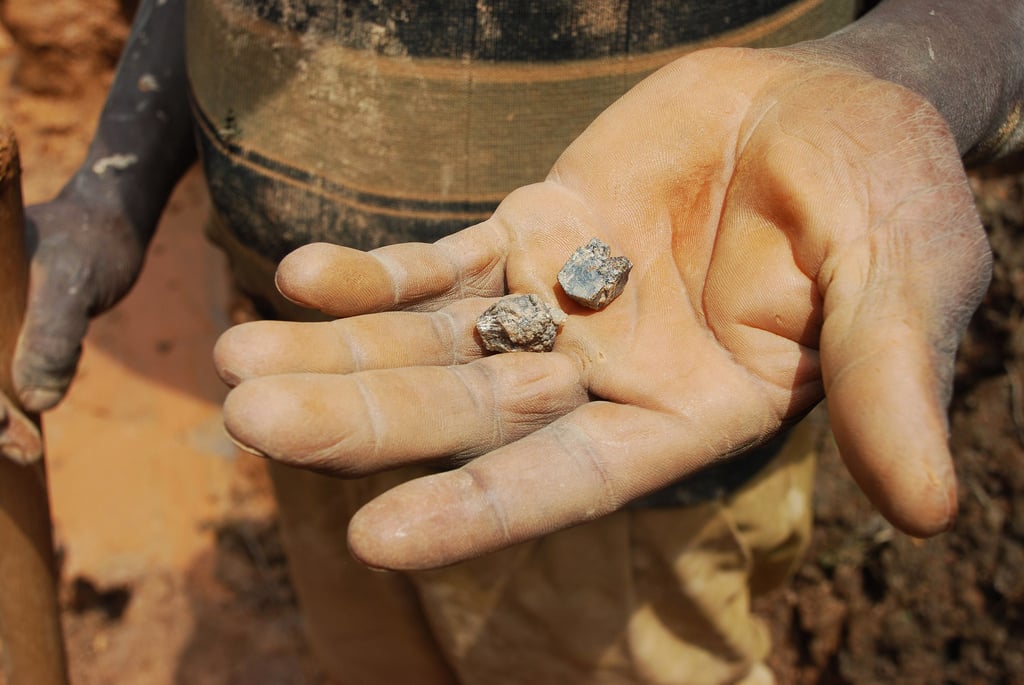Diamonds are one of the best-known and most sought-after gemstones. It has been used as decorative pieces since ancient times and more recently, as a form of currency for illegal activities. Unfortunately, diamonds are often obtained through illicit means, but the governments in different countries formed a process to try and eliminate their circulation. But was it effective?
The Kimberley Process is a certification process for diamonds to ensure that it is “conflict-free” and is not considered a blood diamond. However, the process was known to be ineffective and later abandoned.
What is the Kimberley Process?
The Kimberley Process (KP) was formed by fifty-four participants representing 82 countries whose common goal is to increase transparency in the diamond industry. The KP’s primary goal is to eliminate the trade of conflict or rough diamonds, often referred to as blood diamonds. Rebel groups often sell these diamonds to fund battles against legitimate governments.
The KP became operational in 2003 and controlled the trade of rough diamonds between participating countries. It implemented a certification scheme where exchange with non-participants is not allowed. (Source: US Department of State)
KP is named after Kimberley, the northern cape province of South Africa. The process started in 2000 when representatives of the southern African diamond-producing countries met to address the threat to the global diamond industry coming from illegally mined diamonds making their way into legitimate channels and being used to finance illegal acts in different parts of the continent.
Participating states pledge to meet the conditions stipulated by KP and only trade with other states that also do so. The process also allows the denial of admission or the removal from the list of participants if they suspect that the state engages in illegal means of procuring the said precious stone and attempt to trade or sell it off. One good example is the expulsion of the Republic of Congo in 2004. The board discovered that the republic’s diamond exports exceeded its recorded production.
The process was abandoned in the following years because once a conflict diamond had entered the processing stream and had been cut and polished, it was virtually identical to any other diamond. There is no way an expert would determine whether the diamond is conflict-free or not. (Source: Britannica)
What is Considered a Blood Diamond?
The United Nations defines a blood diamond as a diamond that is mined in areas controlled by groups that are opposing the legitimate and internationally recognized government of the said country it is occupying. This definition was formulated in the nineties when brutal civil wars were apparent in parts of western and central Africa and under rebel groups’ control.
Three specific conflicts, Angola, the Democratic Republic of Congo, and Sierra Leone, directed the world’s attention to how diamonds can be used for funding wars. Rebel insurgents controlled these regions, and diamonds mined in this area were usually sold to merchants who smuggled them into neighboring countries, where they then found their way into stocks of legitimately mined diamonds which are sold in legitimate markets.
Proceeds from the sales of the blood diamonds are then returned to the rebel groups and often used for purchasing arms and other materials to be used in their violent campaigns against their governments. (Source: Britannica)
